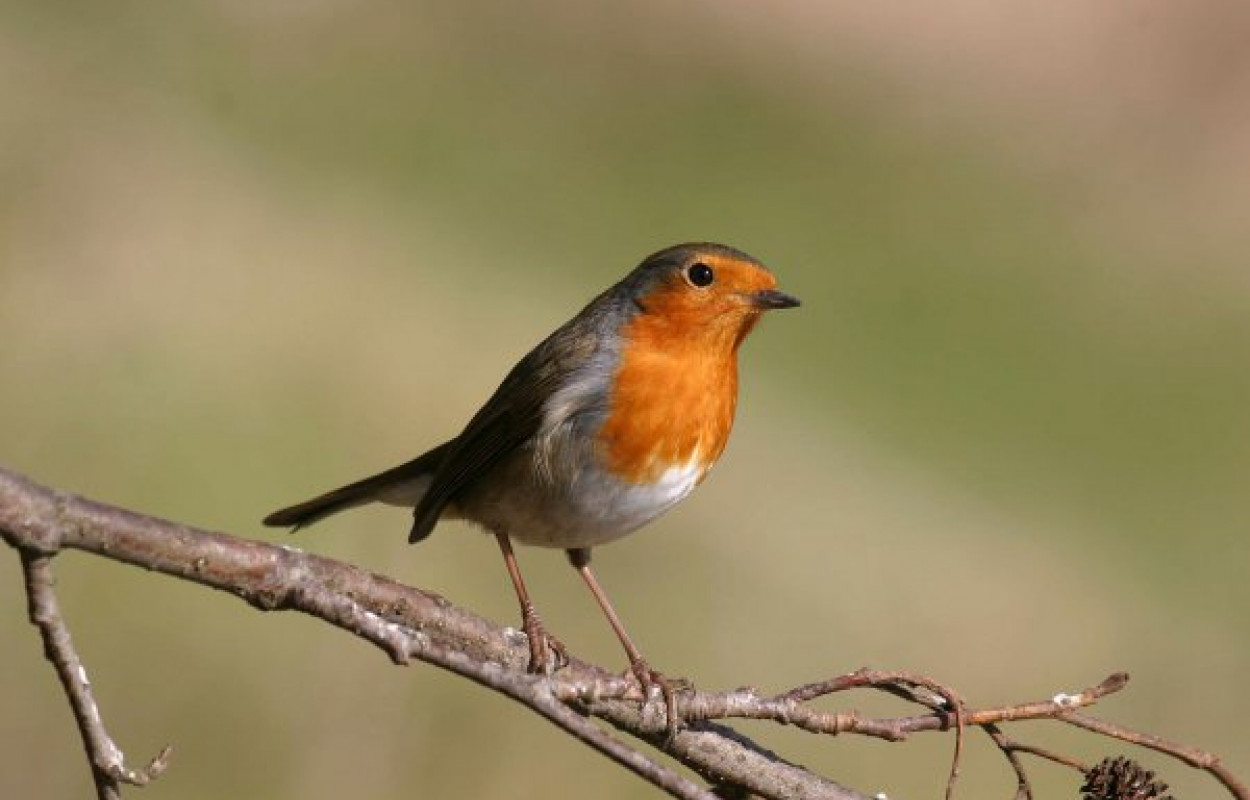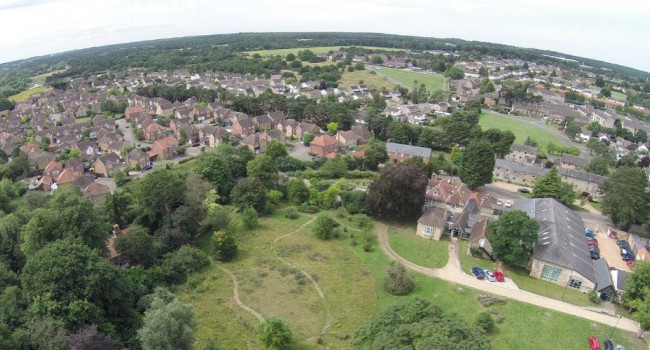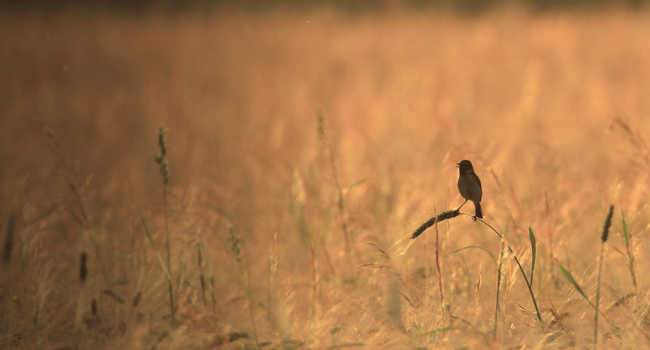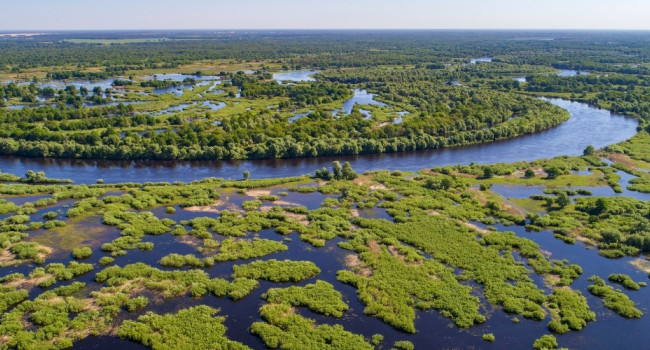Exclusion of deer affects responses of birds to woodland regeneration in winter and summer

Author(s): Holt, C.A., Fuller, R.J. & Dolman, P.M.
Published: January 2014
Journal: Ibis Volume: 156 ( part 1 )
Digital Identifier No. (DOI): 10.1111/ibi.12096
Native and non-native deer populations are increasing in temperate woodlands across Europe. Previous work by the BTO found that these changes are associated with declines in some breeding bird populations, and suggested this is due to modification of the woodland understorey through browsing (consumption of vegetation by herbivorous deer). Now a new study by the BTO and the University of East Anglia has demonstrated effects of deer activity on birds outside the breeding season.
Birds were monitored in several plots of woodland, half of which were fenced to exclude deer. Common species such as Robin, Wren and Blackbird were less likely to be found in woodland browsed by deer than at unbrowsed sites in the winter, although this effect was not seen in the spring. The detrimental impact of deer browsing in the winter could result from both reduced shelter from the cold, and a loss of protection from predators afforded by dense understorey vegetation. There could also be changes in the feeding opportunities available to birds once the understorey has been browsed. This study illustrates the importance of understanding the complex interactions between deer and birds at a time when many woodland specialists are in decline, and the need for more research to be undertaken in woodland outside the typically-studied breeding season.







Share this page